In a previous post on logistics, we took a look at what exactly logistics is, what logistics management is, why it is important, the differences between supply chain and logistics management, and we touched briefly on the subject of reverse logistics.
In this post we will be looking specifically at reverse logistics, what exactly it is, what it involves and why you may want to consider repeat-use packaging for your business.
Reverse logistics versus traditional logistics
At one time, logistics management involved a supply chain where products basically moved from the starting destination, for example the raw materials procurement stage, to the final destination, the end-user.
While logistics more broadly refers to the process of managing how resources are acquired, stored and transported to their final destination. Reverse logistics more specifically involves the movement of goods from their traditional end destination back along the supply chain.
Why would a company want to adopt a reverse logistics strategy?
Typically, reverse logistics allows for the recapturing of value from products, parts and materials that have been returned for repair or recycling and reuse.
Originally, this strategy was applied extensively in sectors such as aviation, aerospace, IT and telecom industries among others, where there are different locations for their production and repair centres. They often need to ship components from one location to the other for repair so that they may be sent back to perform once again. However, this strategy has been implemented more widely in recent times to include Original Equipment Manufacturers (OEM) in the consumer goods market.
Let’s take a look at a more common example such as OEMs that produce smartphones and other similar electronics. These OEMs allow for returns of their phones by their users in exchange for a new phone.
So the questions is, why are these companies willing to take your old phone in exchange for a brand new one? After the phones are collected, they are sent back along the supply chain to a manufacturing facility. There, certain components can be extracted from the product to be reused, such as the high quantity (relatively speaking) of gold that is used in smartphones and other electronics.
Gold is a very unique natural resource in that it is a great conductor of electricity, making it ideal for electronic products, but most importantly, it does not exhaust as do most other natural resources, thus it can be reused and recycled. This greatly reduces raw material procurement and manufacturing costs for a business such as an electronics OEM.
Another good example would include the automotive market. In the automotive market, the return of used cars is very common. These organisations take back the used cars and send the key components back to their OEM suppliers so that they may be remanufactured and/or reused. This remanufacturing and reuse greatly reduces manufacturing costs of new components and automobiles.
These are just a few examples; however, there may be any number of other reasons that a business may like to implement a reverse logistics strategy to its supply chain. For certain businesses, this may not be a viable option given that the costs may outweigh the potential revenue that a business could acquire from implementing such a strategy. However, one way to improve efficiency and ultimately reduce costs is through the utilization of Repeat-Use Packaging.
What is repeat-use packaging?
According to Eurostat, as recently as 2018, paper and cardboard was the main packaging waste material in the European Union at 31.8 million tonnes per year.
This is in large part due to the production of expendable packaging such as cardboard, which is only good for a few uses before it must be disposed. You can probably imagine the costs that a business incurs having to purchase new cardboard boxes to ship their products back and forth along the supply chain. However, repeat-use packaging solves this problem and much more.
Repeat-use packaging usually has the following characteristics:
- It is virtually indestructible and sustainable for a nearly unlimited number of uses
- It is environmentally sustainable, as it should be recyclable
- It is unconditionally guaranteed, thus if it does break down, the supplying company should therefore replace it with no questions asked
- It is able to be locked and secured
- It can be internally modified such as with custom foam
- It is designed for easy handling and stacking, e.g. it comes with handles, wheels and stacking ribs
Why should a business consider repeat-use packaging?
One issue that some businesses may deal with is high return rates, which generates extraordinary volumes of packaging and thus increases packaging costs.
As you might imagine, repeat-use packaging significantly reduces packaging costs for a variety of reasons. Repeat-use packaging eliminates recurring costs for expendable packaging such as cardboard boxes. So, no more needing to continually purchase cardboard and Styrofoam, as the average expendable package only lasts 1-3 trips. This also will dramatically reduce the fees associated with the disposal of expendable packaging. With less expendable packaging, labour costs associated with set-up and breakdown, are also reduced. And lastly, the cost of repeat-use packaging can be amortized over its endless life of repeat-use. Without getting too technical, amortization is an accounting technique that allows a business to spread out the cost of an asset over time.
Another issue with expendable packaging is that that during transportation and storage, damage to your business’ product is much more likely and generates damage-related costs. In a reverse logistics scenario, products that are received back from the user without damage produces a greater ability for a business to recapture the value from said products. Thus, repeat-use packaging greatly reduces, and in many cases, eliminates that possibility of damage-related costs, through its virtually indestructible material and better material handling through features such as wheels and handles.
Lastly, as world governments seek to improve environmental sustainability with more stringent waste regulations, disposal of expendable packaging has become more costly and burdensome on businesses. Repeat-use packaging reduces landfill waste versus expendable packaging and greatly reduces fees related to disposal of packaging, as repeat-use packaging, by definition, doesn’t need to be disposed of.
Is repeat-use packaging right for me?
As we mentioned previously, reverse logistics may not be for every business and thus, repeat-use packaging may also not be viable. However, there are a number of questions you should consider to determine if it is indeed useful for your business.
- Do you operate in a closed-loop or a well-managed open-loop reverse logistics system?
- Do you use expendable packaging?
- Do you experience high damage rates to your products in transit?
- Do you have high packaging waste disposal costs?
- Are you concerned about the of presentation of your asset?
If you answer ‘yes’ to some or all of these, it might be worth it to you and your business to consider repeat-use packaging for your packaging needs.
Peli Products and Repeat-Use Packaging
If you do decide that repeat-use packaging is for you, you’ll need a partner that can provide you with the experience, know-how and especially the superior asset protection you need for your products.
Peli Products is the world leader in the manufacture of high-impact, damage resistant, repeat-use packaging. If you’d like to know more about how Peli can help you with your packaging needs, click on the button below to speak to a Peli customer success expert today!





.png)

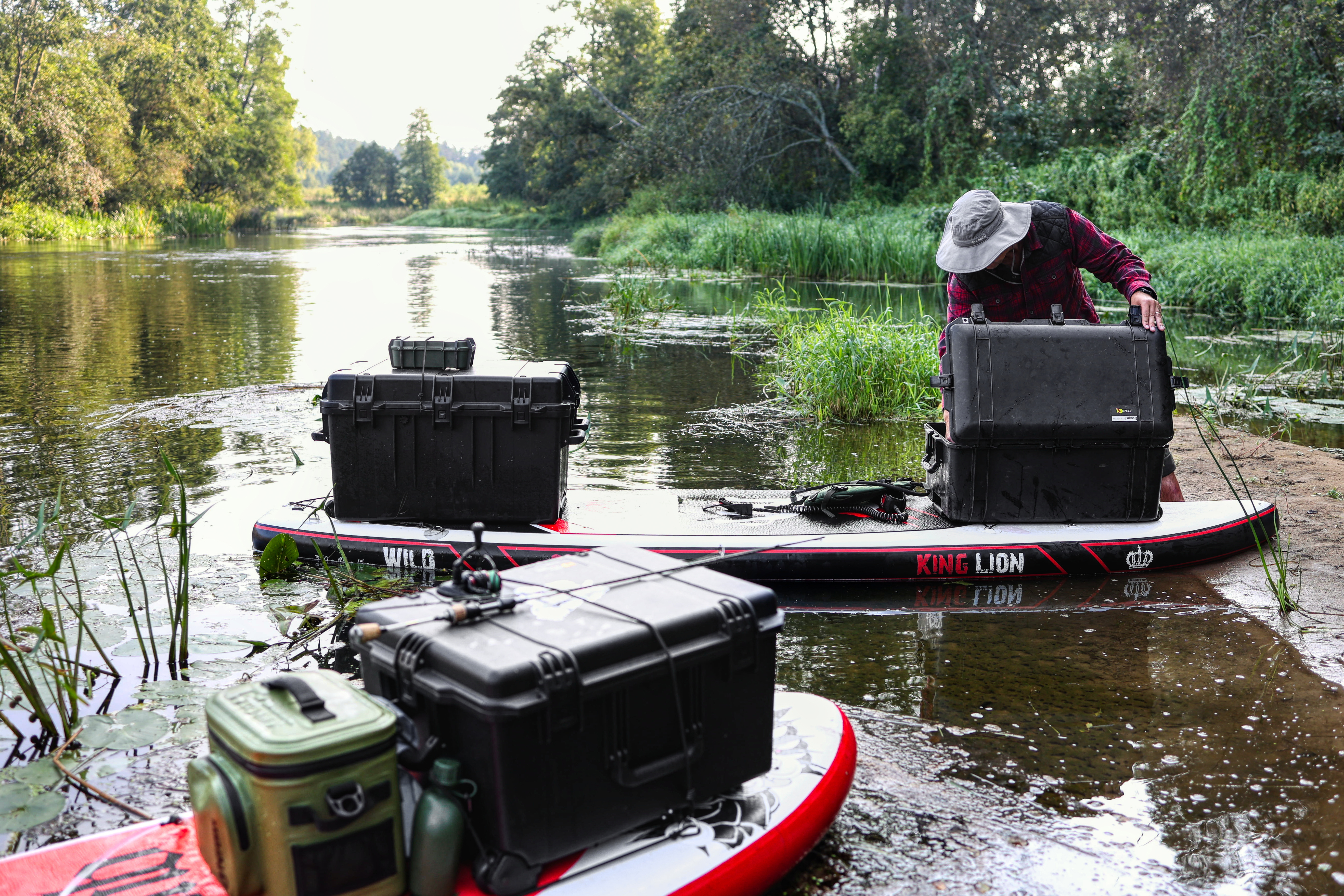



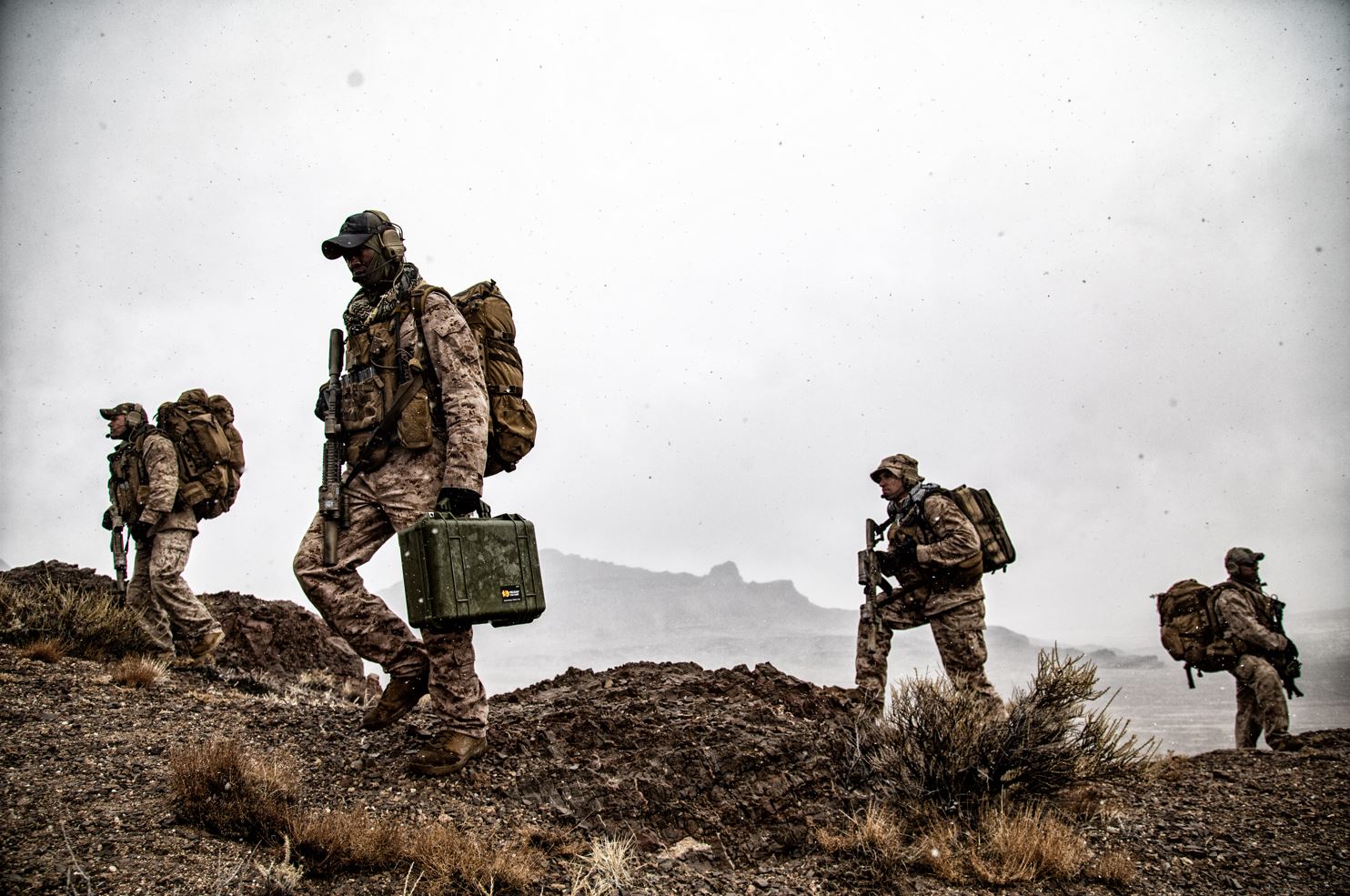
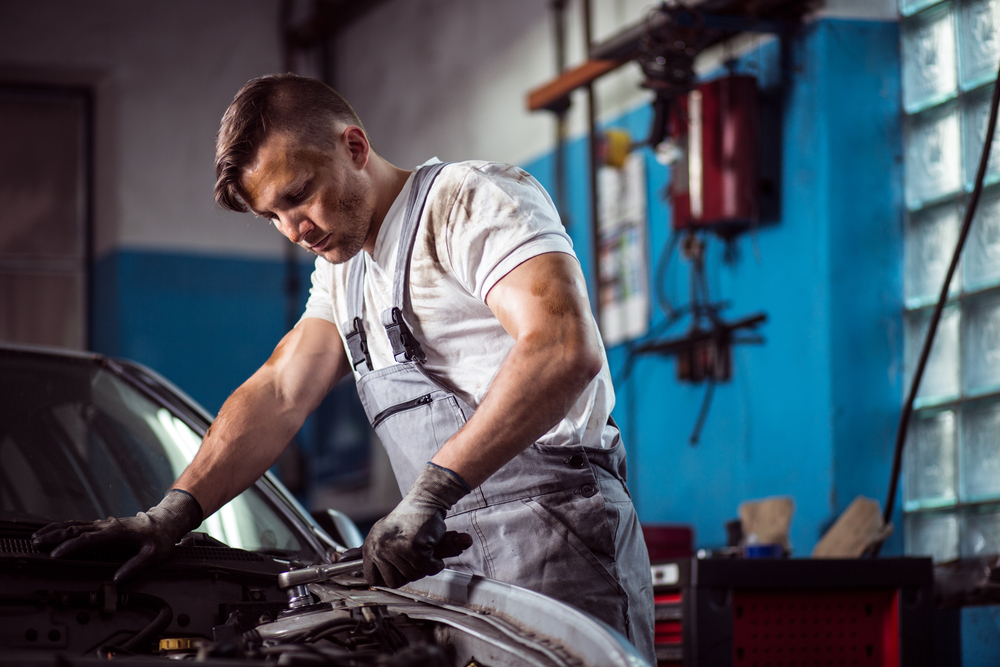

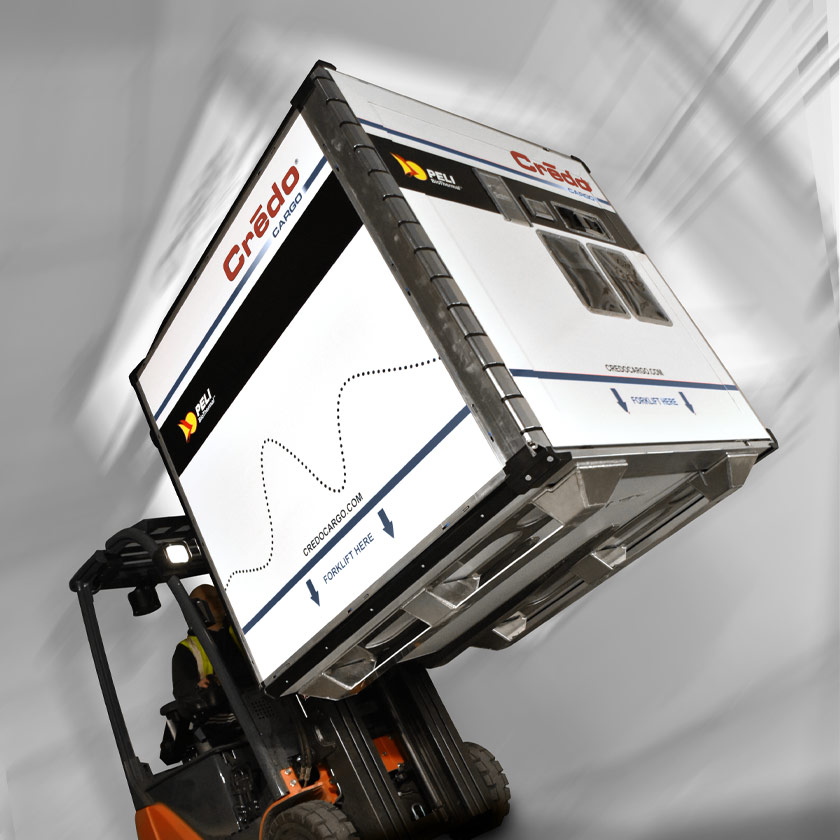
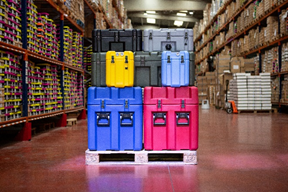
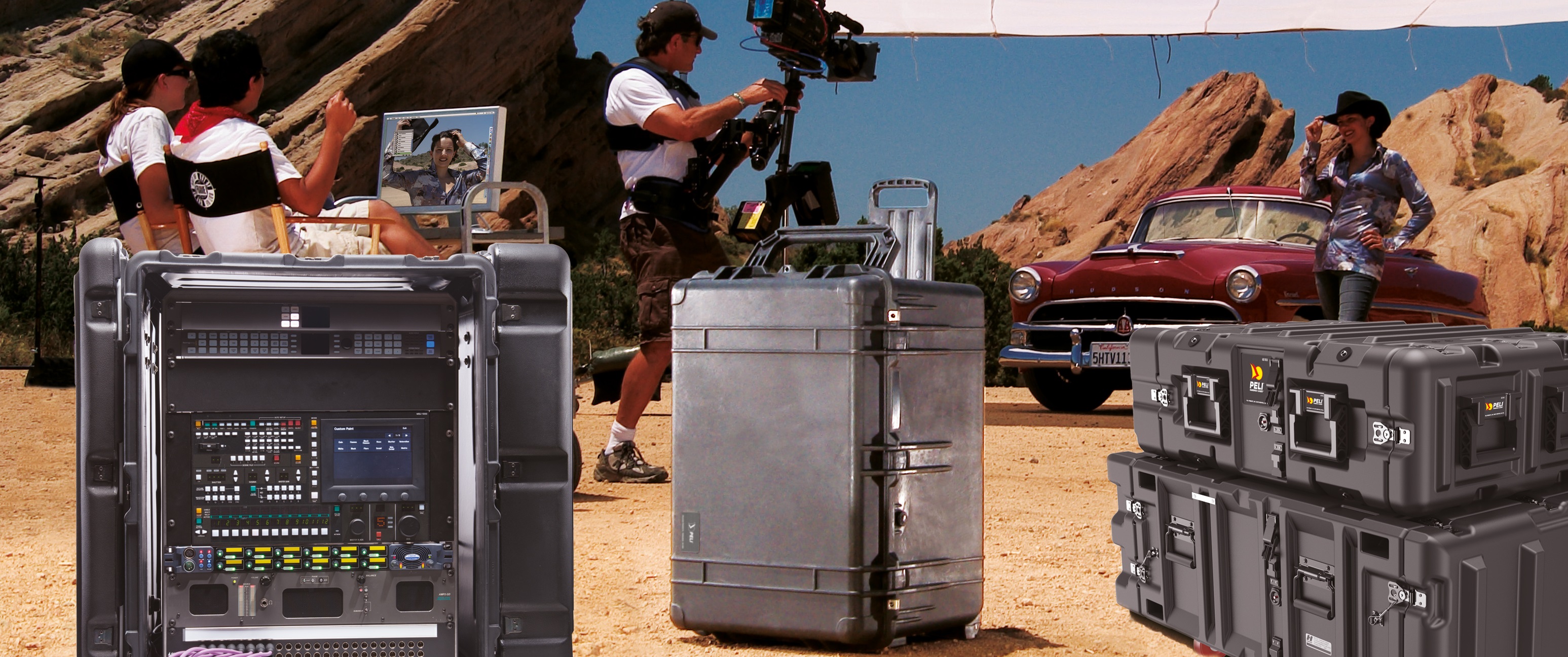
Post a comment